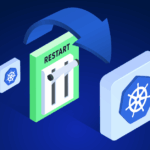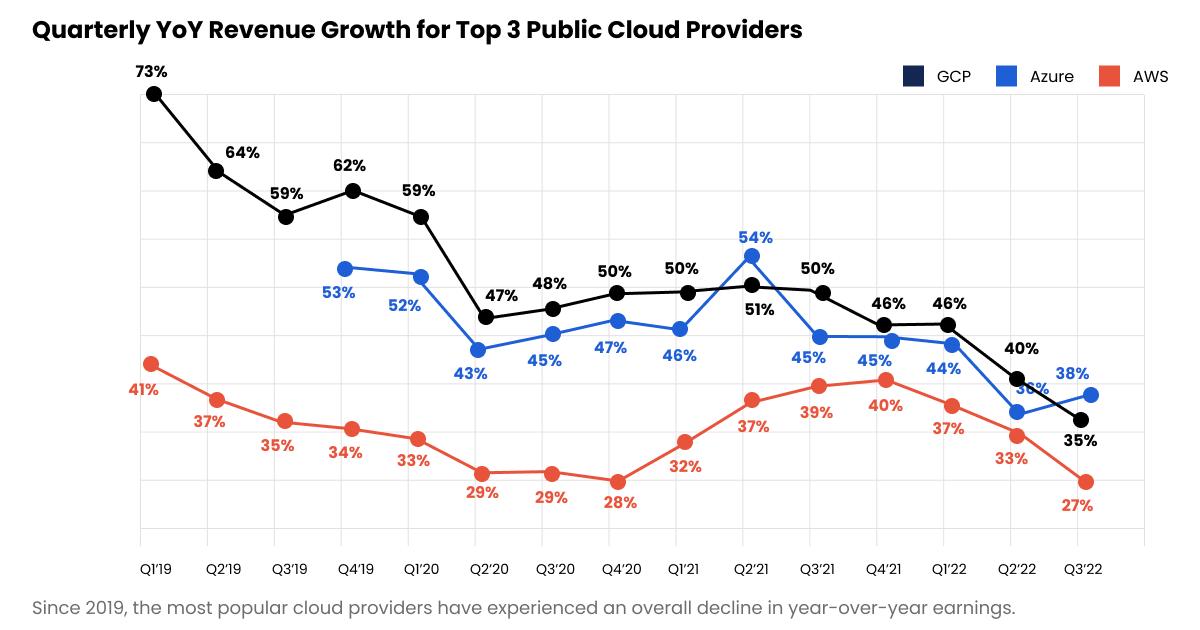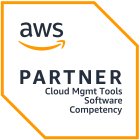
Could Public Cloud Service Providers Help Reduce Costs?

Product Marketing Team Lead
As organizations around the globe enact new cost-cutting measures in light of economic volatility, the enormous cost of cloud operations has come into focus with newfound urgency.
This scrutiny has been a long time coming. The cloud boomed as companies increasingly recognized its benefits – unlimited scalability and freedom from storing and managing data on-prem. Yes, the price tag may have been significant, but companies were confident that their rapid growth, coupled with cheaper hardware and management costs, would balance out the rising costs.
Now, in the midst of a recession, for many, that tradeoff is more challenging.
Shifting Tides
With spending on public cloud services expected to reach $600 billion in 2023, it’s clear why companies are focusing on their cloud spend – a reckoning that is impacting the large public cloud service providers (CSPs) most of all. The growing dissatisfaction with how expensive the cloud has become is no longer a murmur, but rising to a roar. The major public providers, which have long offered discount programs, are listening. “Amazon knows customers are facing challenges. In some cases, Amazon cloud employees reach out to clients to see how it can help optimize spending. At other times, customers contact AWS”, said David Brown, AWS Vice President responsible for the core EC2 computing service
The financial stress so many cloud users feel when faced with enormous bills perhaps also explains the significant decline in year-over-year earnings Amazon reported at the end of 2022.
While AWS has continued to grow, the decrease in momentum reflects the fact that users’ ever-increasing costs is a concern for public CSPs – and they are focused on remedying the situation. Actively advising customers to take advantage of previously underutilized discount programs AWS CEO Adam Selipsky recommended, “If you’re looking to tighten your belt, the cloud is the place to do it”. At last year’s re:Invent he encouraged customers to explore new ways of streamlining operations and reducing waste in the cloud, both now and in the future.
Racing the Clock
To create long-term financial viability for their customers that are struggling with budget cuts, both short and long-term solutions are needed for the public cloud industry. While some companies remain dissatisfied and have started to loudly explore “de-clouding,” the overwhelming majority of companies are committed to the significant benefits and capabilities that the cloud provides. Diversifying to multi-cloud environments does seemingly provide one solution, but doesn’t address all of the key challenges and remains time and effort intensive.
Major public cloud providers are not operating with the intention of leaving their users to fend for themselves. Cloud users can turn to providers for a more detailed consultation on the range of discount offerings to decipher the best-applied course of action given the unique circumstances and characteristics of the environment. Some savings opportunities can be combined, compared, and contrasted with others to achieve more effective results. For example, AWS Spot Instances may provide more impressive savings when compared to On-Demand but can also very easily be combined with On-Demand, Reserved Instances, and Savings Plan Instances. And this example is only the tip of the iceberg. The largest public CSPs in the game are bulking up on services to help their users save money and build in cost efficiency.
The Tech Vendors
Another solution may be found in the proliferating vendors that make up the growing cloud optimization services industry. For companies with large and complex cloud environments, there is no magic bullet – no single vendor that can do it all. But among these emerging companies, more and more promising solutions for every cloud problem are arising.
When searching for and vetting partners, enterprises should focus on a few major underlying questions: What solutions will provide the flexibility in the cloud that we need moving forward, how can we gain visibility into how efficiently cloud resources are being utilized, and how can areas of cloud-spend waste, better be identified and eliminated?
The cloud’s management was always intended to be handled by end users to best meet their needs. But that has become an impossible goal to achieve while also minding the budget and manpower limitations, and there is no shortage of cloud management tools to assist. Even with these tools, flexibility continues to be an important goal in addition to the budget and human resources required to manage a company’s cloud efforts.
Seeking Bluer Skies for the Cloud
Companies have been working to tackle the problem. But a new formula is needed.
Just as the rise of platform engineering has sparked a new conversation about “what is DevOps?,” better automation and predictions are changing how cloud engineers are managing costs. By taking a new, automated approach to predicting, provisioning, and adjusting every resource being used, companies will ensure that their cloud environment consistently provides for their needs without running up astronomical costs. More advanced cost management solutions are making a clear impact when it comes to identifying waste and spending anomalies across the dozens of services being used, and the scope of what they can manage continues to grow.
The major public cloud vendors are actively pitching in to help their users; bolstering savings plans, helping them rightsize infrastructure for their use case, and forging partnerships with vendors that provide cost optimization solutions. It’s a promising start, and companies can take it a step further by adopting an altered approach to cloud management.
The utilization of cloud saving programs and automated FinOps tools is no longer a nice addition to a company’s technical tool kit… it’s what may save companies endless amounts of money and effort in an economic period when every resource needs to go further.
Learn how to maximize cloud discount coverage and save more on the cloud without impacting flexibility. Talk to one of our cloud experts to see how!

Related Articles
-
 Why it’s time to get off the manual Kubernetes optimization treadmill
Why it’s time to get off the manual Kubernetes optimization treadmill
August 14, 2025 -
 Zesty now supports In-Place Pod Resizing for Seamless, Real-Time Vertical Scaling
Zesty now supports In-Place Pod Resizing for Seamless, Real-Time Vertical Scaling
July 30, 2025 -
 Kubernetes Updates – June
Kubernetes Updates – June
July 16, 2025 -
 The endless cycle of manual K8s cost optimization is costing you
The endless cycle of manual K8s cost optimization is costing you
July 2, 2025 -
 This is the #1 cloud budget killer (and it’s easier to fix than you think)
This is the #1 cloud budget killer (and it’s easier to fix than you think)
June 16, 2025




